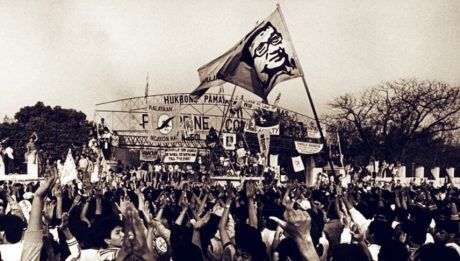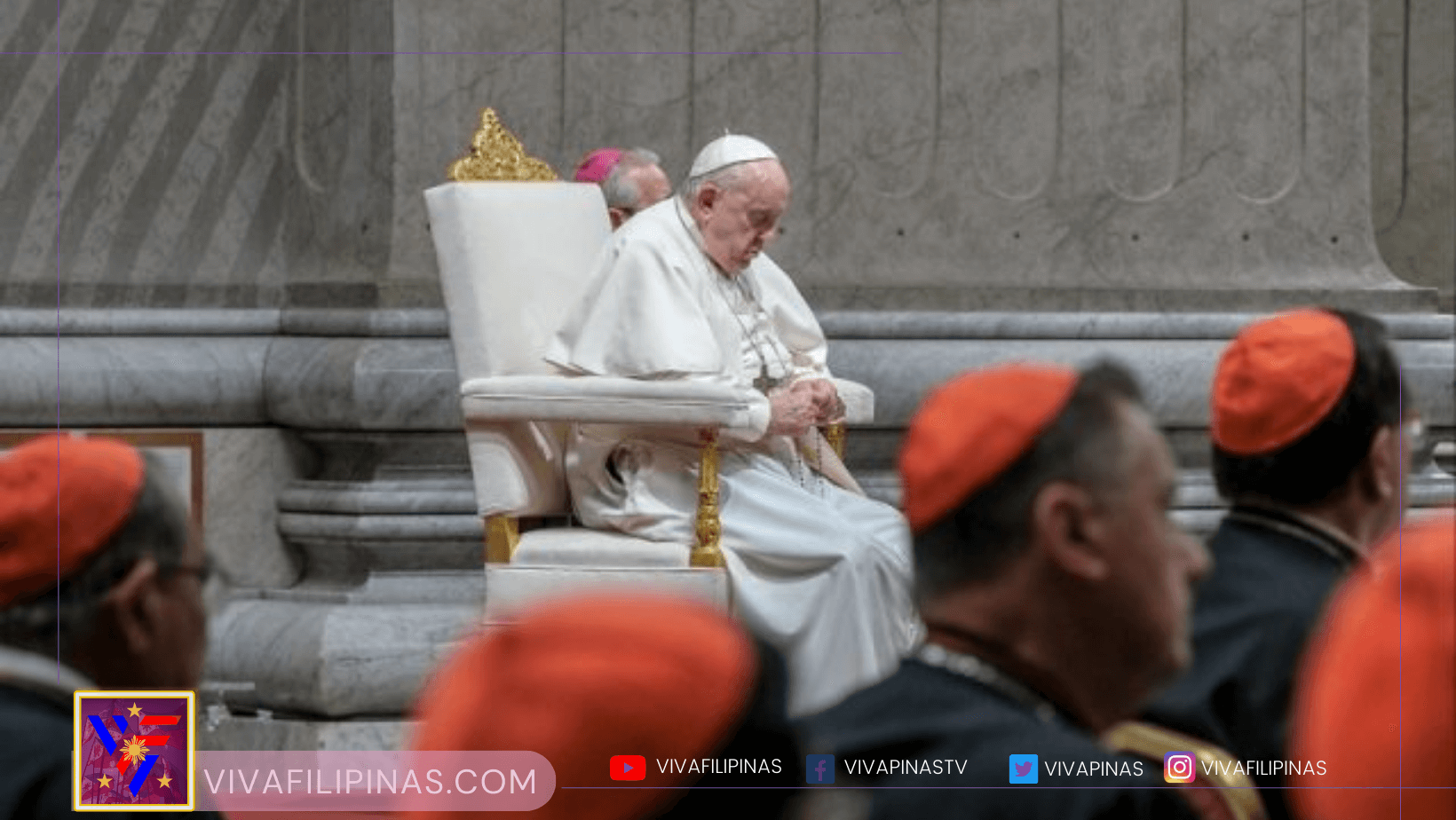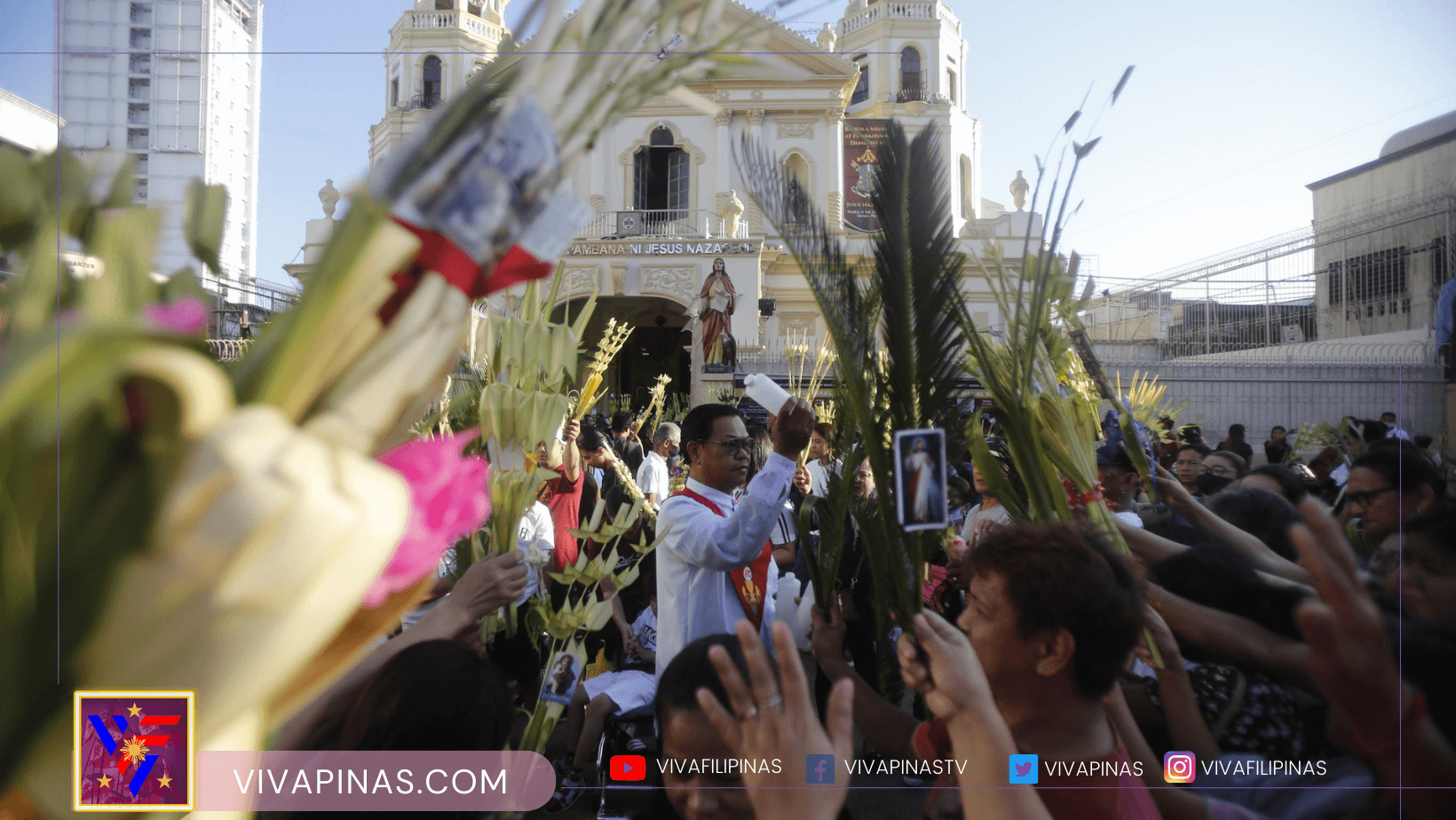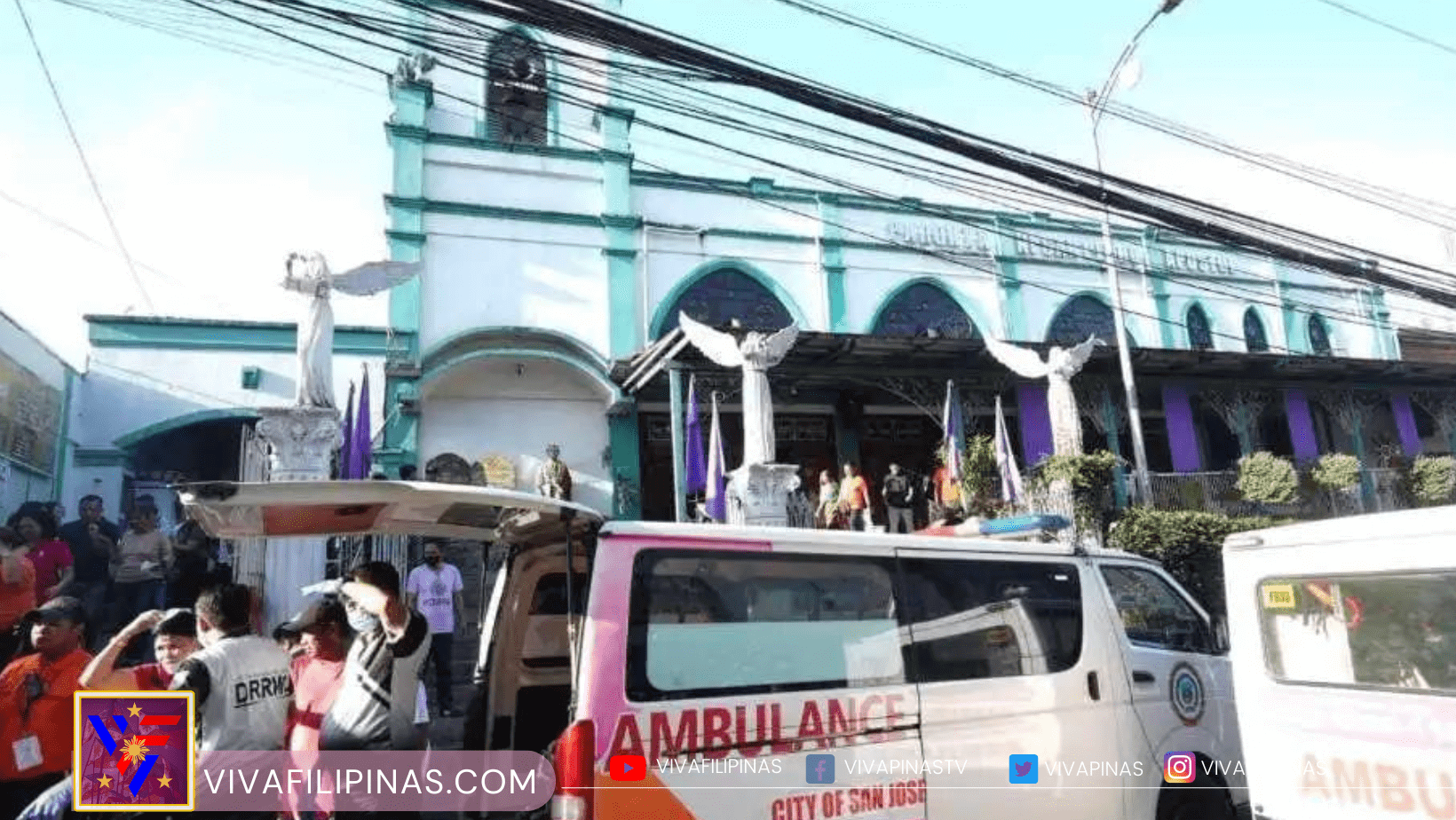The People Power Revolution (also known as the EDSA Revolution, the Philippine Revolution of 1986, EDSA 1986, EDSA I (pronounced as EDSA One or EDSA Uno) and EDSA People Power) was a series of popular demonstrations in the Philippines, mostly in Metro Manila, from February 22–25, 1986. There was a sustained campaign of civil resistance against regime violence and alleged electoral fraud. The nonviolent revolution led to the departure of Ferdinand Marcos, the end of his 20-year presidential rule, and the restoration of democracy in the Philippines.
It is also referred to as the Yellow Revolution due to the presence of yellow ribbons during demonstrations following the assassination of Filipino senator Benigno “Ninoy” Aquino, Jr. in August 1983. It was widely seen as a victory of the people against two decades of presidential rule by President Marcos, and made news headlines as “the revolution that surprised the world”.
The majority of the demonstrations took place on a long stretch of Epifanio de los Santos Avenue, more commonly known by its acronym EDSA, in Metro Manila from February 22–25, 1986. They involved over two million Filipino civilians, as well as several political and military groups, and religious groups led by Cardinal Jaime Sin, the Archbishop of Manila, along with Catholic Bishops’ Conference of the Philippines President Cardinal Ricardo Vidal, the Archbishop of Cebu. The protests, fueled by the resistance and opposition from years of governance by President Marcos and his cronies, culminated with the absolute ruler and his family fleeing Malacañang Palace to exile in Hawaii. Ninoy Aquino’s widow, Corazon Aquino, was immediately installed as the eleventh President as a result of the revolution.






